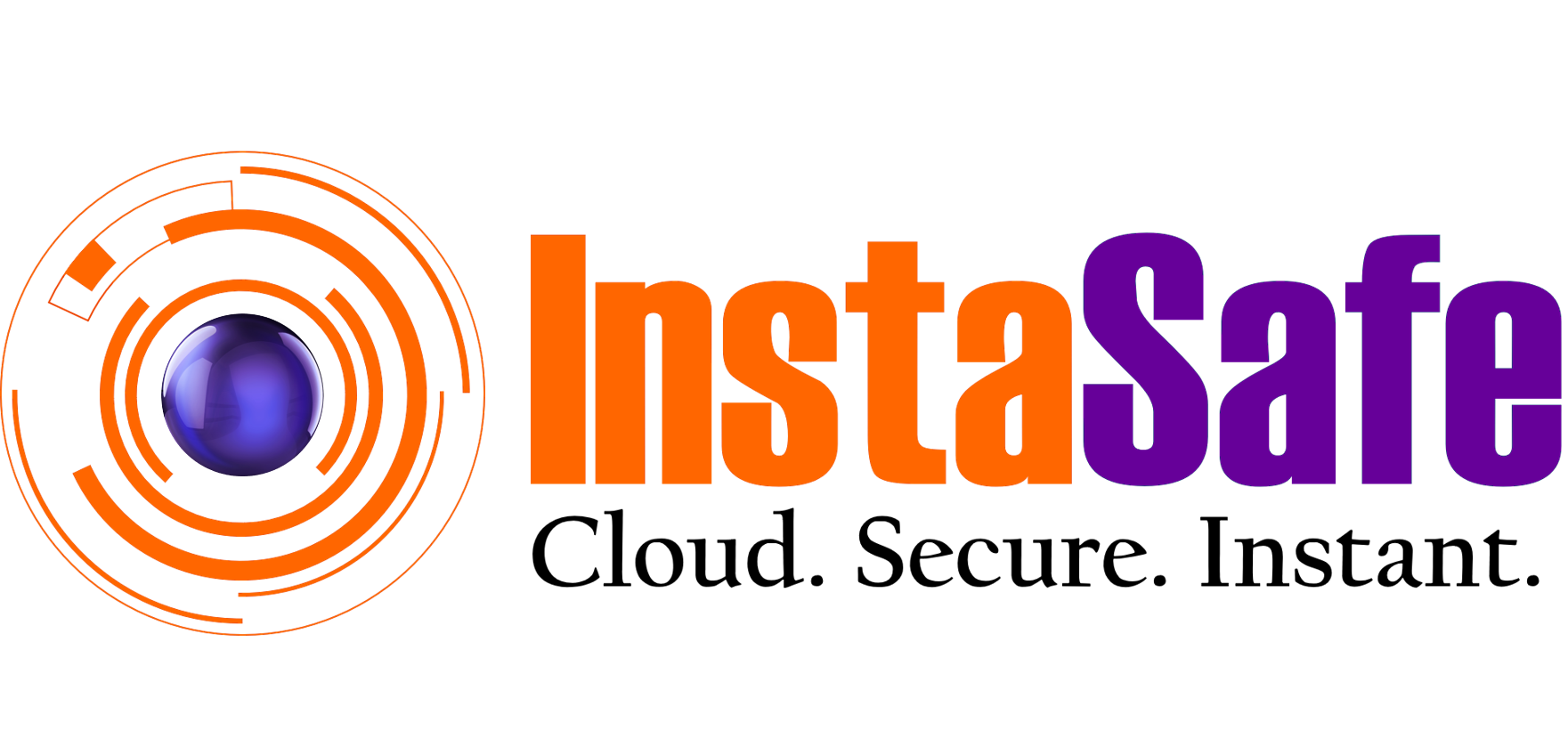Privilege User Management

Within the comprehensive domain of Privileged Access Management (PAM), the Privilege User Manager stands as a sentinel, orchestrating robust control over user roles, accounts, and devices. This specialized solution plays a pivotal role in fortifying organizations against security threats, ensuring adherence to the principle of least privilege, and maintaining the integrity of privileged access. This article navigates through the core functionalities of Privilege User Manager, shedding light on its role in user role management, user account management, and user device management within the broader PAM framework.
User Role Management:
1. Granular Role Assignment:
- The Privilege User Manager facilitates precise assignment of roles based on job responsibilities and access needs.
- Ensures that users have the minimum level of access required to perform their duties, aligning with the principle of least privilege.
2. Role-Based Access Control (RBAC):
- Implements RBAC strategies to streamline access control.
- Reduces complexity by associating permissions with predefined roles, optimizing security administration.
- Through RBAC, we can control what users can do at both- broad and granular levels. We can designate whether the user is an administrator or a special user, and align roles and access permissions with the person’s role in the organization. Permissions are allocated only with limited access as needed for employees to do their jobs.
3. Dynamic Role Adjustments:
- Allows for dynamic adjustments to roles based on changes in job functions or organizational structure.
- Ensures that access permissions evolve with organizational needs without compromising security.
User Account Management:
1. Secure Credential Storage:
- The Privilege User Manager acts as a secure repository for privileged user credentials.
- Safely stores and encrypts sensitive information, minimizing the risk of unauthorized access.
2. Automated Password Management:
- Implements automated password changes to ensure the regular rotation of privileged account credentials.
- Enhances security by reducing the window of opportunity for potential threats.
3. Access Control Policies:
- Defines and enforces access control policies for privileged user accounts.
- Aligns account permissions with organizational security policies and regulatory requirements.
4. Comprehensive Audit Trails:
- Captures detailed logs of user account activities for audit and compliance purposes.
- Facilitates forensic analysis and ensures accountability for privileged actions.
User Device Management:
1. Device Posture Assessment:
- Conducts assessments of user devices to evaluate their security posture before granting access.
- Ensures that only secure and compliant devices can connect to the network.
2. Access Control Based on Device Attributes:
- Implements access controls based on device attributes, such as device type, security patches, and compliance status.
- Strengthens overall security by considering the security state of the user's device.
3. Multi-Factor Authentication (MFA):
- Integrates MFA for user device authentication.
- Adds an additional layer of security to ensure that only authorized and secure devices gain access.
- InstaSafe PAM provides native integration with multiple MFA solutions including: SMS OTP & Email OTP, Biometric devices, App based OTP, Soft Tokens, Hard Tokens, PKI Signature Tokens.
Advantages of Privilege User Manager in PAM:
1. Strengthened Security Posture:
- Enforces granular control over user roles, accounts, and devices, reducing the risk of unauthorized access.
- Adheres to security best practices, minimizing the attack surface and potential security vulnerabilities.
2. Efficient User Administration:
- Streamlines user role assignment, account management, and device control, optimizing administrative efforts.
- Ensures efficient and precise handling of privileged access, enhancing overall operational efficiency.
3. Compliance Assurance:
- Facilitates compliance with industry regulations and standards by enforcing access control policies.
- Provides comprehensive audit trails for compliance reporting and adherence verification.
Implementing Privilege User Manager - Best Practices:
1. Regular Access Reviews:
- Conducts regular reviews of user roles and permissions to ensure alignment with organizational requirements.
- Identifies and rectifies any discrepancies in access assignments.
2. Automated Workflows:
- Implements automated workflows for user onboarding, offboarding, and role adjustments.
- Ensures consistency and reduces the likelihood of human errors in user administration.
3. User Training and Awareness:
- Provides training to users on secure practices and adherence to access control policies.
- Enhances user awareness of the importance of privileged access security.
Conclusion:
The Privilege User Manager, as an integral component of Privileged Access Management solutions, plays a pivotal role in fortifying organizations against security threats. By excelling in user role management, user account management, and user device management, it empowers organizations to establish a robust security posture, streamline administrative efforts, and ensure compliance with regulatory requirements. Embracing the capabilities of the Privilege User Manager is a strategic step towards achieving a secure, efficient, and compliant Privileged Access Management environment.
Refer Documentation: https://docs.instasafe.com/ZeroTrustEnterprise/003-gettingstarted/
